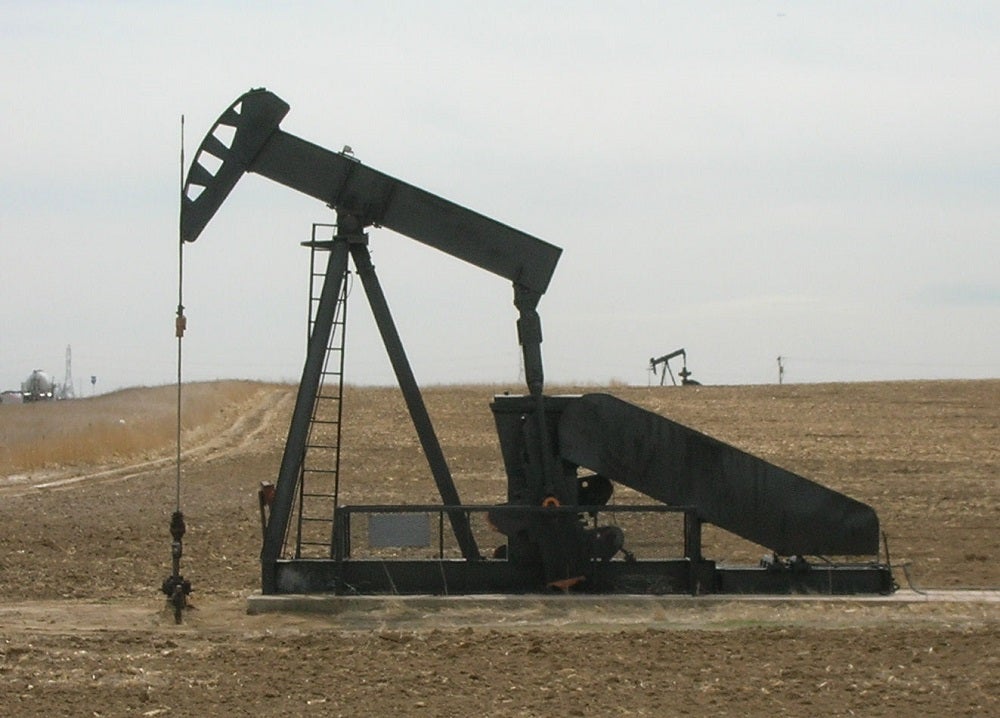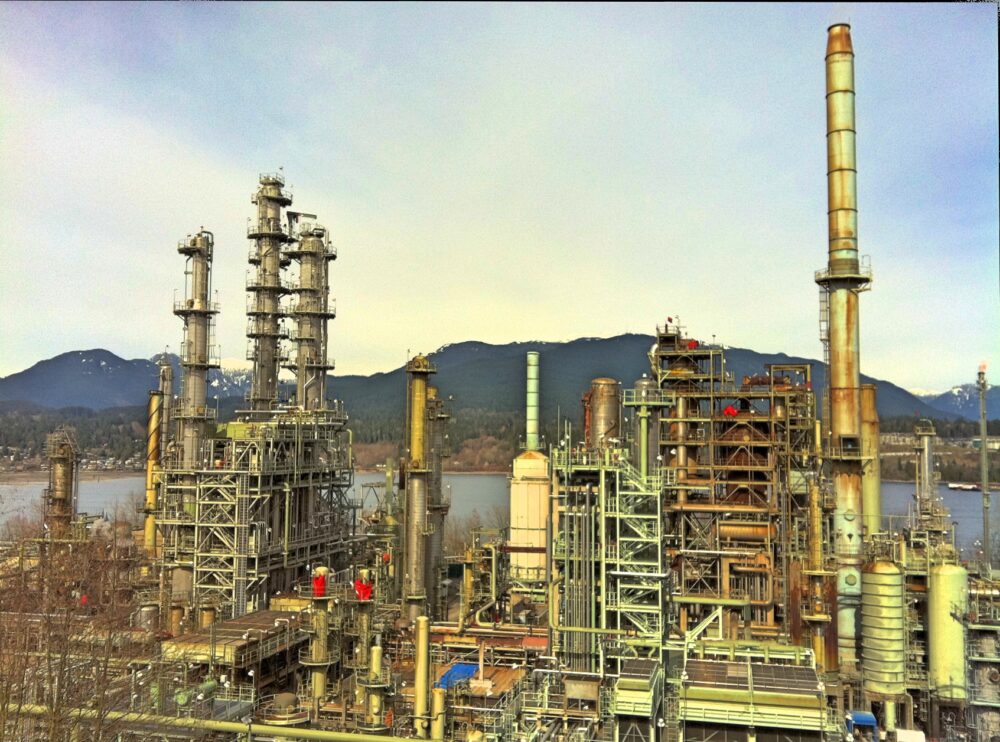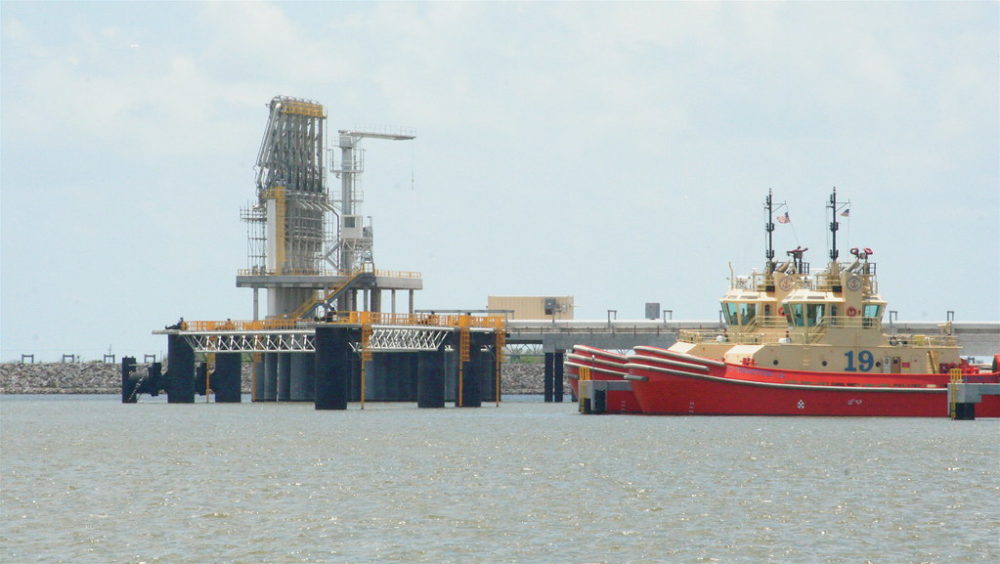
Portfolio resilience and sustainability are two of the core corporate concerns for the Asia Pacific energy industry in 2020.
That is according to analysts at energy researcher Wood Mackenzie, who have been weighing in on some of the issues facing the industry at the company’s 2020 Energy and Commodities Summit Asia Pacific.
Since the coronavirus broke out in late December 2019 in Wuhan, China, the industry has been challenged by a drop in energy demand and an oil price crash, while businesses are also trying to keep up with the latest carbon-neutrality trends.
Here are four of the key concerns that Wood Mackenzie has highlighted are facing the industry in Asia Pacific in 2020.
Key concerns facing the Asia Pacific energy industry in 2020
Oil demand takes a hit, but demand from petrochemicals bucks trend
Global oil demand has been hit hard this year due to Covid-19 and changes in consumer behaviours, with the International Energy Agency (IEA) forecasting an 8.1 million barrels per day (bpd) drop in 2020.
Wood Mackenzie research analyst Qiaoling Chen said in the long run, global GDP might not return to pre-crisis levels, which could cause a “permanent loss” in jet fuel, diesel and gasoil demand through to 2040.
“However, the transport sector will remain a sustainable oil demand growth centre for at least another decade, particularly in developing economies in Asia Pacific, due to expansion of the middle class and relatively low penetration of electric vehicles,” she added.

Wood Mackenzie estimates transport demand will decline by more than 7 million bpd this year, of which 62% is coming from the road segment.
“On the contrary, the petrochemicals sector shows resilience during the pandemic, with demand expected to increase by 1 million bpd this year, supported by capacity expansions in China,” added Chen.
“In the longer term, the petrochemical feedstock sector will take over as the leading growth sector globally.”
Integration with petrochemicals is way forward for refining industry
2020 was expected to be an “outstanding year” for the refining industry due to changes in the International Maritime Organisation’s (IMO) bunker fuel quality requirements, which mandates a maximum sulphur content of 0.5% in marine fuels globally.
But Covid-19 has instead turned it into one of the worst years in refining history, with the IEA now projecting demand in 2021 will likely be 2.6 million bpd below 2019 levels.
Wood Mackenzie research director Sushant Gupta said: “We expect 2020 refining margins to be the weakest in the last 20-25 years. Besides the shock from Covid-19, the refining industry is also facing more sustained challenges in the mid-to-long-term as the world moves towards a lower-carbon energy system.
“These include overcapacity, lower margins, refinery closures, a need to re-configure refineries to align with changing demand and the additional cost of refinery carbon emissions.”
Wood Mackenzie believes refinery closures will “become a reality in Asia”. For China, it estimates that about 1.2 million bpd of teapot refinery capacity to close, while outside of China, about 2.2 million bpd or 18 refineries are at high risk of closure.
“Given all these challenges the only way to survive during this transition is to make sites more competitive and create a differentiation from peers. Integration with petrochemicals and upgrading will provide optionality to maximise margins,” added Gupta.
“The real value-add comes in when a site moves towards a second-generation integrated site with over 45% chemicals output.
“The value-add ranges from $7 to $10 per barrel of crude oil on top of stand-alone refining margins. Such sites are extremely competitive and will be the last man standing in any low margin environment.”
Is gas clean enough?
As the energy transition accelerates, gas demand is set to rise with particularly strong growth from LNG.
But the LNG industry also faces competitive challenges in the new world and if it is to safeguard its position in the future energy mix, it must be carbon competitive, claims Wood Mackenzie.
A new ‘green’ LNG trend has emerged over the last 18 months or so, with six ‘carbon-neutral’ cargoes from Shell and Jera being delivered or agreed with Asian buyers, and one long-term supply tender has been announced by Pavilion.

Despite these cargoes representing a very marginal share of the overall LNG market, the energy researcher said these deals have “caused a stir in the industry”.
Principal analyst Lucy Cullen said: “Full carbon-neutrality from wellhead to consumption is an ambitious goal for the entire LNG industry, but targeted reductions in upstream and liquefaction processes can still achieve sizable reductions. And this aligns well with greater pressure from corporate carbon targets.
“Whether emissions are controlled in the value chain or as part of the sale through offsets, all carbon reductions come at a cost.
“And, ultimately, this will result in greater differentiation between projects by buyers and investors – with green LNG either sold at a premium or ‘dirtier’ LNG being penalised.
“But if ‘green’ LNG is to become more mainstream, transparency and standardisation of emission measurements which does not exist today will be key. Now is the time for industry to work together to address this challenge.”
2021 could be “bumper year” for upstream mergers and acquisitions
This year has “upended” the upstream industry not once, or twice, but three times, said Wood Mackenzie.
First there was the oil price crash, then the coronavirus pandemic, followed by the rapid acceleration of energy transition plans from the Euro-majors.
Each of those situations have sent massive shockwaves through the industry, creating big new questions about future strategies.
In the short-term Wood Mackenzie claims this will have a “big impact” on mergers and acquisitions (M&A), with the oil majors putting a range of non-core assets up for sale.
The energy researcher pinpoints three main drivers here, particularly in Asia Pacific – the energy transition, portfolio rationalisation and deleveraging stretched balance sheets, with the region at the frontline of all three.
The majors have a big geographical presence in Asia Pacific, according to Wood Mackenzie, which includes non-core, stranded and mature assets.
But it said that will change as positions coalesce around the core, advantaged assets, which “primarily sit in Australasia”.
Wood Mackenzie research director Angus Rodger said: “This sets us up for a bumper 2021 for M&A. Many of the sales processes launched in Asia Pacific in 2020 will close towards year-end with details of winning bidders likely emerging in H1 2020.
“We estimate the value traded in-region could jump to a whopping $10bn to $15bn in 2021, up from just over $5bn of deals in 2019, and less than $1bn in 2020 so far, if most of these processes are successful.”
But Rodger notes that “price discovery is the challenge”, because with the majors on one side and bargain hunters on the other, contingent payments will “play a key role in deals to help bridge the gap”.
He added: “What will be the priority for the majors – achieving deal valuations that meet their own internal expectations, or clearing out the non-core assets to hit the wider strategic targets of the company? The pattern of deal-flow in the first half of 2021 will provide the answer.”






